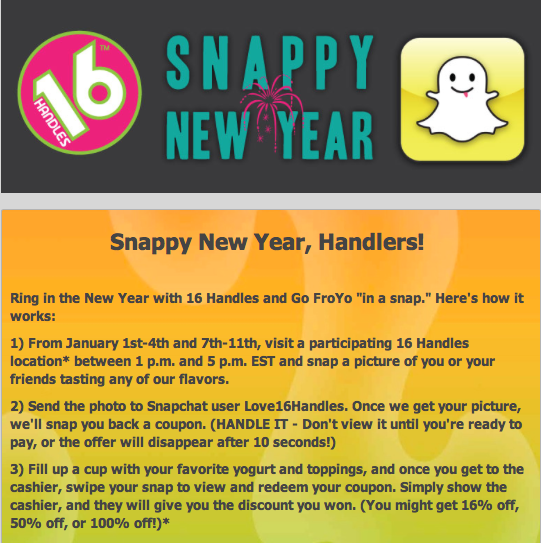The social media landscape is continually changing. But there are some trends that will continue to grow substantially through 2016 and 2017 that you can take advantage of. One of those trends is video. 70% of companies report that video is one the most effective marketing tools within their social media portfolio (Holmes, 2015). Meanwhile more than 7 billion videos are watched daily on Facebook and YouTube. Animoto has a 2015 video marketing cheat sheet you should definitely check out. Just a few highlights from their survey of 1,000 participants reveals the following (O’Neill, 2015):
- Consumers would rather watch a video about a product vs reading about it.
- Consumers highly value video that demonstrate how a product and or service works.
- Consumers are more than likely to read email newsletters which include links to video, thus boosting email marketing campaigns
- A majority of consumers prefer to watch a video more than once before making a consumer purchase.
- Nearly 2/3 of consumers prefer videos under 60 seconds.
Why is video so effective?
- Video grabs attention
- The brains processes imagery 60,000 times faster than text, in other words a picture is worth a thousand words
- Video speaks effortlessly to human emotions and experiences
- In comparison to text video images offer faster memory recall
Some even suggest that by 2018 video will account for 79% of all online traffic. In spite of those stats and 80% of marketers seeing video as an important marketing tool only 10% are actually using video content while a large percentage of websites offer no video content at all (Hook, 2016).
What Else Does The Future Hold?
Actually Facebook’s VP Nicola Mendelsohn predicts that in 5 years Facebook will more than likely be all video for many of the reasons listed above. The company is finding that video format is growing more quickly than originally anticipated especially with new formats such as Facebook’s new live video feature. For example, live video receives 10 times more comments than prerecorded clips resulting in increased numbers for engagement. With that in mind over 100 million hours of mobile video is watched by Facebook users per day increasing daily views from 1 billion to 8 billion over the course of one year. And what about texting? Texting is actually declining year over year in comparison to video (Zillman, 2016).
Summary
So even though video is currently the present it will also continue to be an ongoing trend in the future and one you should definitely look to adding towards your social media mix.
References:
Holmes, R. (2015, Dec 9). 5 Trends That Will Change How Companies Use Social Media In 2016. Retrieved from https://www.fastcompany.com/3054347/the-future-of-work/5-trends-that-will-change-how-companies-use-social-media-in-2016
Hook, B. (2016). Why Video is So Effective. Retrieved from http://www.replayscience.com/blog/why-video-is-so-effective/
O’Neill. (2015, May 7). The 2015 Video Marketing Cheat Sheet. Retrieved from https://animoto.com/blog/business/video-marketing-cheat-sheet-infographic/
Zillman, C. (2016, Jun 14). Why Facebook Could Be ‘All Video’ in 5 Years. Retrieved from http://fortune.com/2016/06/14/facebook-video-live/

